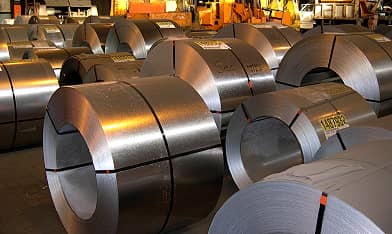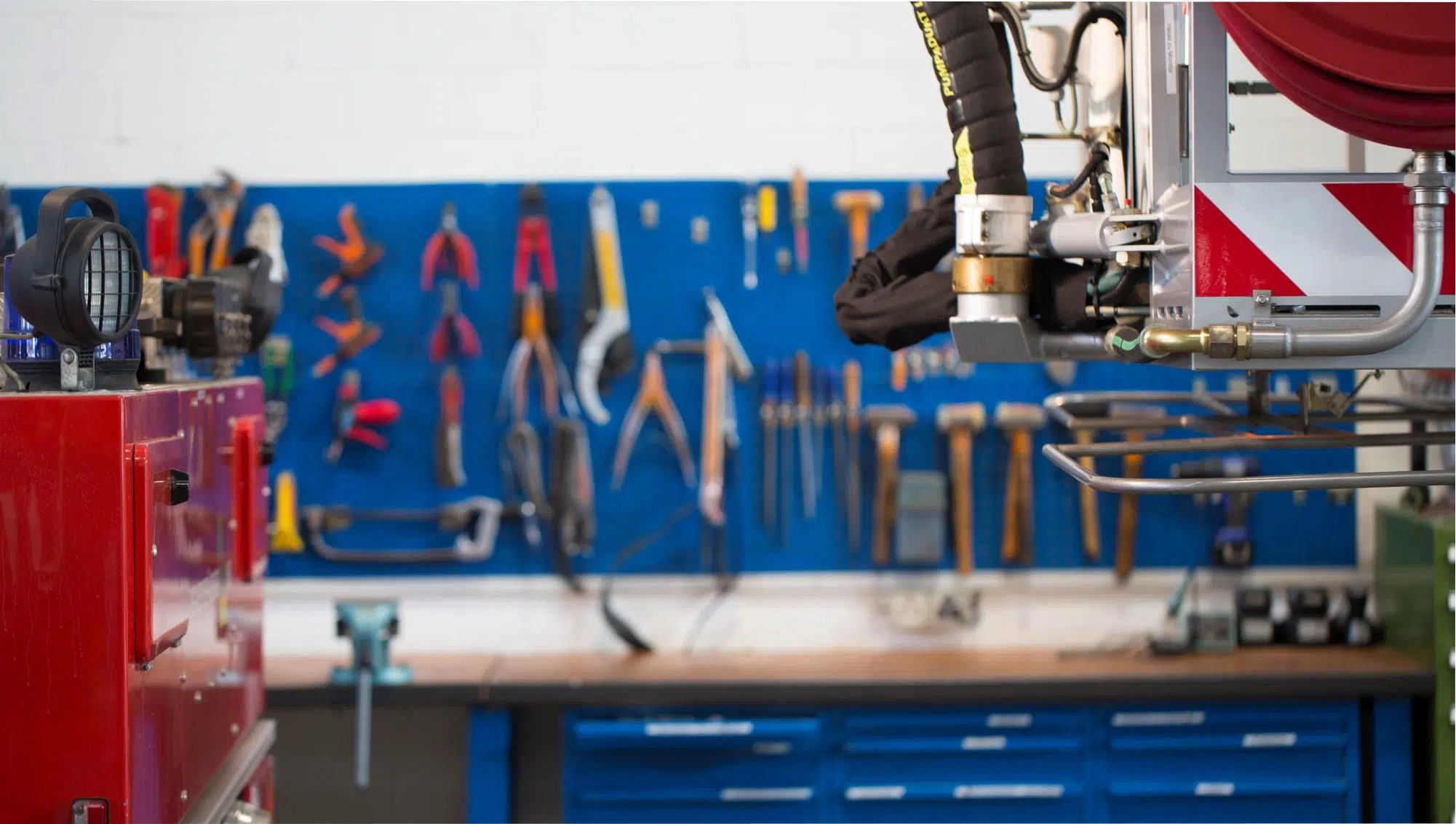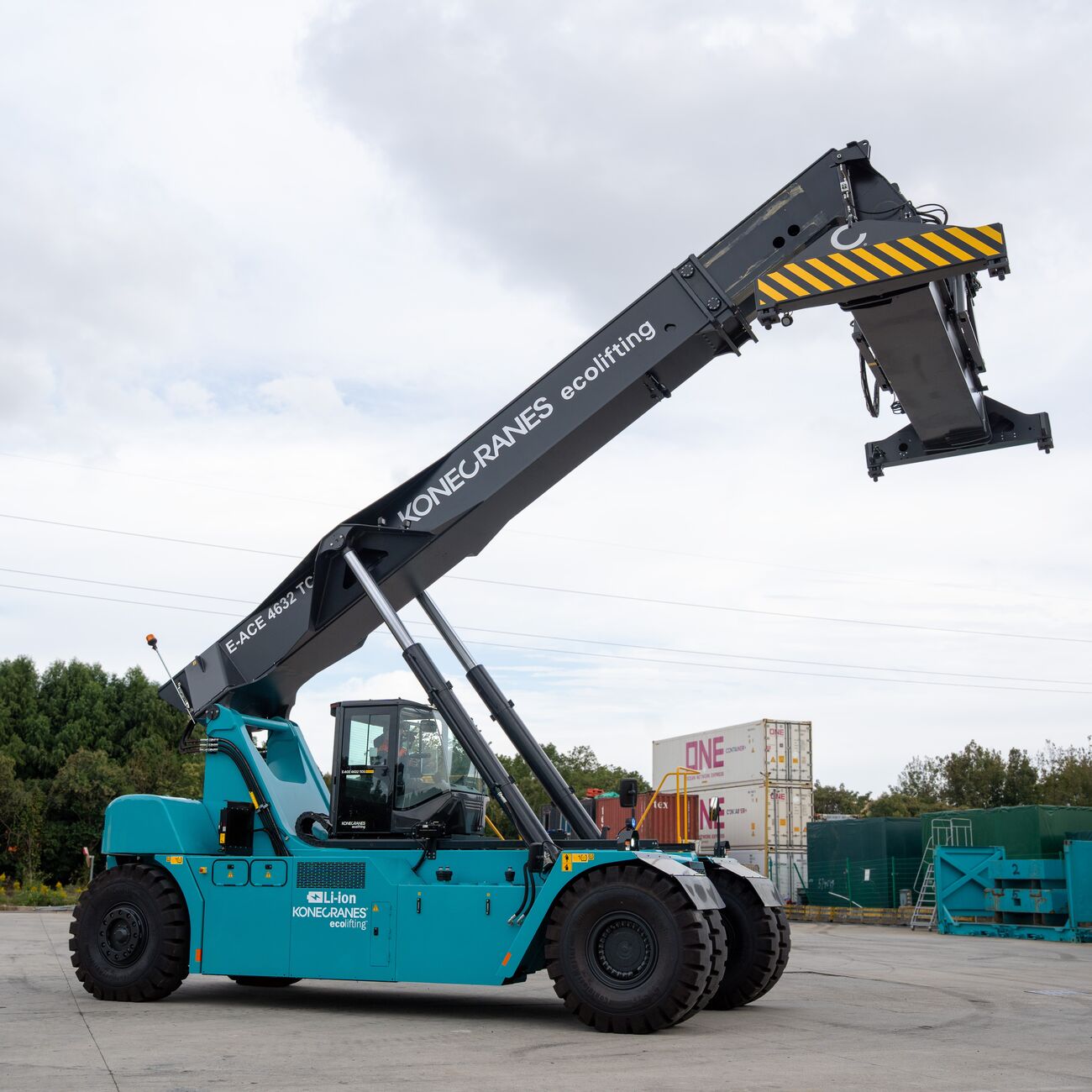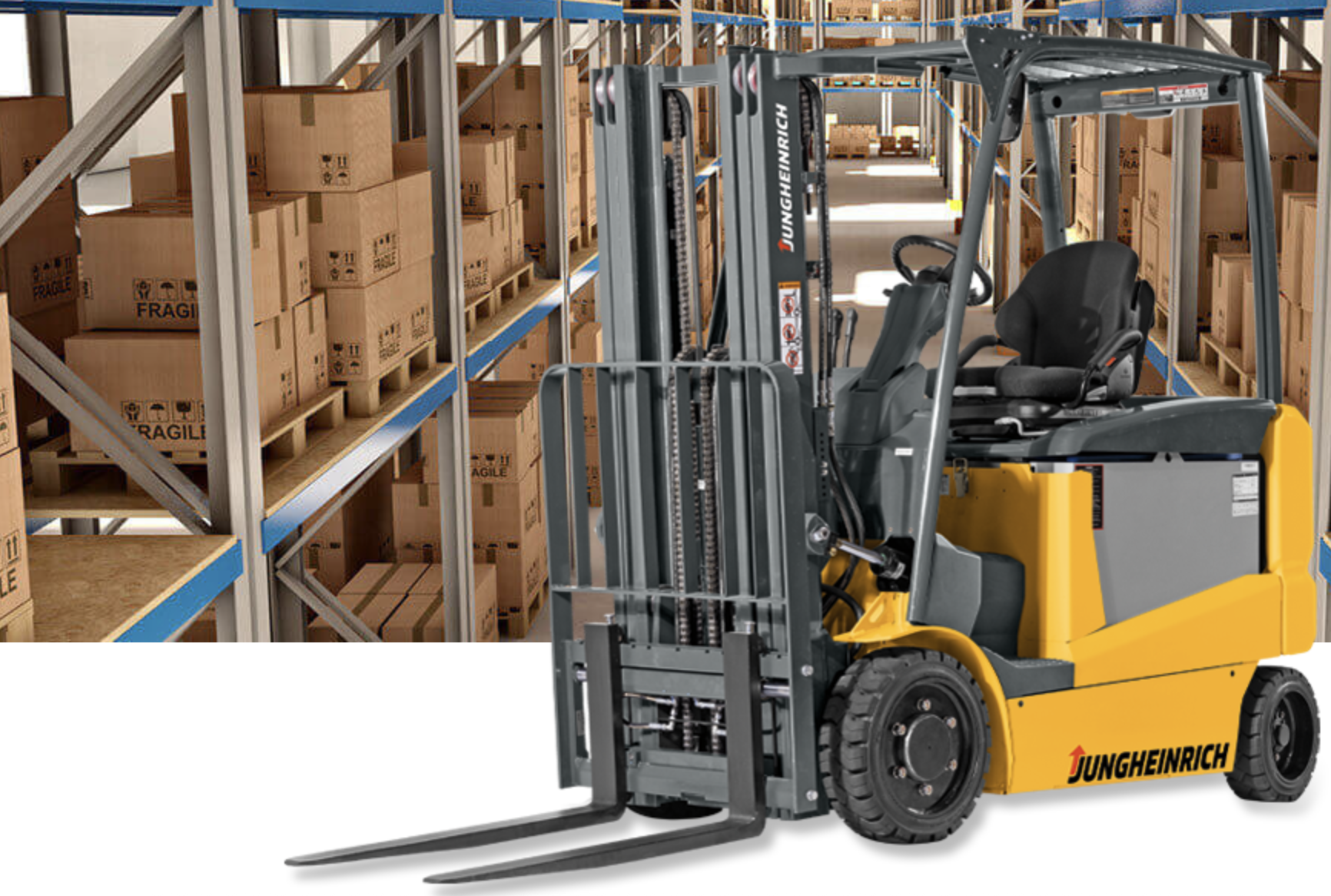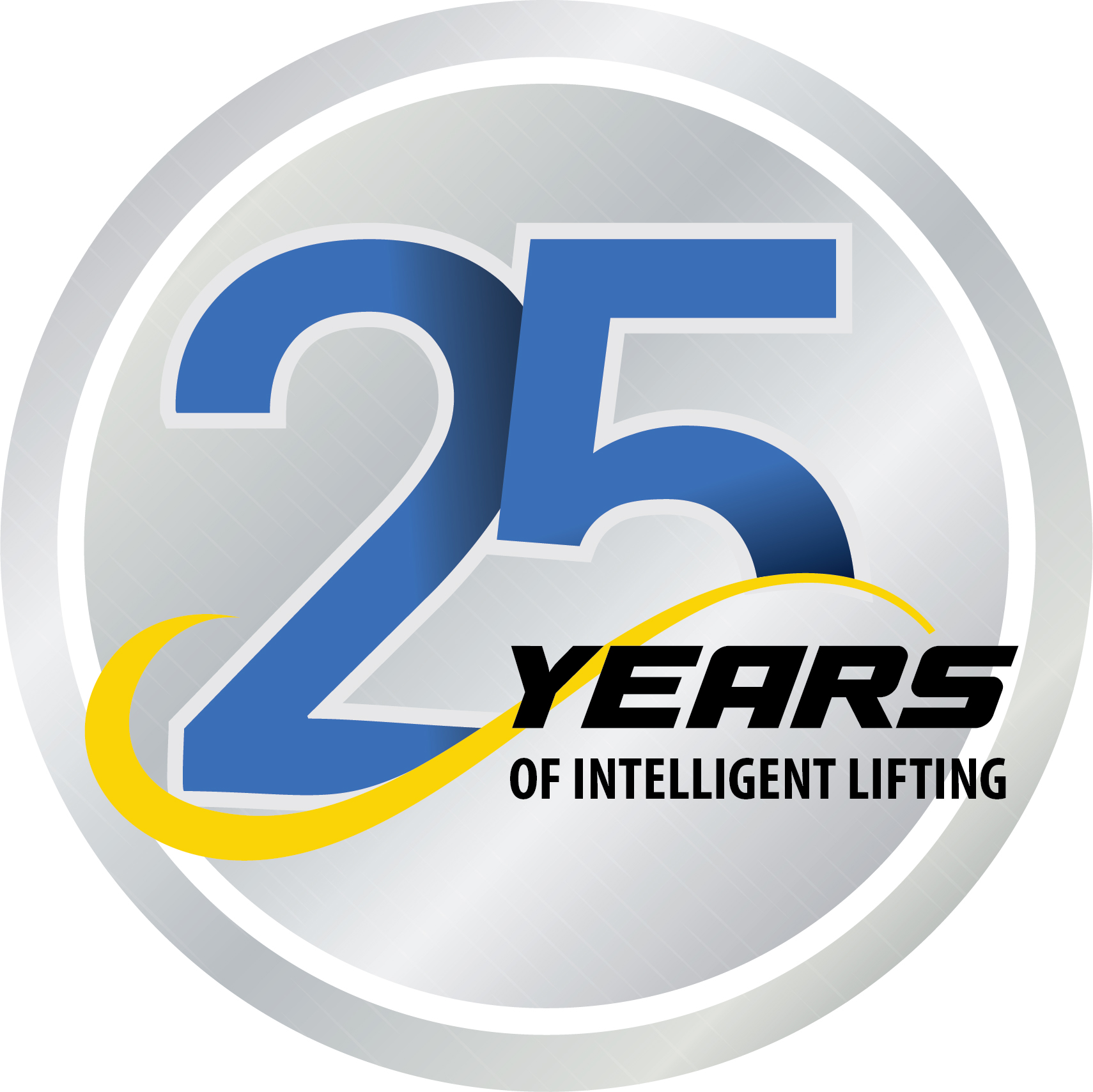In the Driving Seat of Ergonomic Operator Cab Growth
Following the installation of Merford Cabins’ 1,000th operator seat worldwide within the last 10 years, Fort Worth, Texas-based supplier Flow in Motion LLC is specifically targeting lifting applications that require the operator to look down for long periods.
The crane component provider has been a partner with operator cab specialist Merford Cabins, of Holland, since inauguration of the North American business in 2012. Since then, Flow in Motion has received continued increasing interest in the Ergocabs and Ergoseats.
Flow in Motion, president, Richard Warriner said: “Merford Ergocab and Ergoseat are best applied to high production bridge cranes and gantry crane applications where the operator is looking down. We have also seen increasing demand from customers with severe duty production usage. Ports, steel mills and woodyard cranes fall into this category.”
Heightened awareness of safety, ergonomics and the working environment of crane operators goes hand in glove with this growth. Ports have been providing repeat business for a number of years. The trend is starting to be replicated by the steel production industry.
“We will deliver at least three cabs in early 2015 to customers with existing units,” said Warriner. “One of our customers in Texas has a cab on their scrap charge crane and is specifying a Merford cab for the new scrap charge crane they are purchasing. Satisfied customers talk to other customers. This is especially true in the steel production industry.”
Belief in the benefits of such components is no longer reserved for new installations; Warriner said 80% of demand for the seats outside of ports is for retrofits of existing cranes.
Merford cabs are designed around the biomechanics of the human body. The entire cab is designed to provide the ultimate working environment, ranging from reduction of sound reverberation to the angles of the windows, designed to eliminate blinding reflection off the glass.
Warriner pointed out that the cabs are mounted on shock absorbers, reducing vibration and shock caused by traveling down the runway. Control of air quality protects the operator from the airborne chemicals and contamination that are prevalent in many industrial applications where overhead cranes are operated.
The Ergoseat allows the operator to easily operate the crane whilst looking down, supporting the upper body with their forearms. Operators can adjust the seat to customize the environment for their size and body shape as well as changing seating positions to ease strain over a period of hours in the cab.
“One steel mill that had installed an Ergoseat recently told me their operators felt it had increased the quality of their lives. They no longer felt like they had been beaten up at the end of the shift,” said Warriner.
He added studies of Ergoseat and Ergocab installation have shown a 50% reduction of job-related injury to the neck and back of operators. In addition, users have identified a 30% reduction of absenteeism as well as prolonged careers of operators, thereby eliminating the cost of training new operatives.
“Alert, efficient operators make better decisions for operations make the entire work environment safer for fellow employees,” said Warriner. “This leads to economic benefits of increased throughput efficiency, reduced insurance premiums, reduced workman’s compensation claims and reduced operator training costs.”



